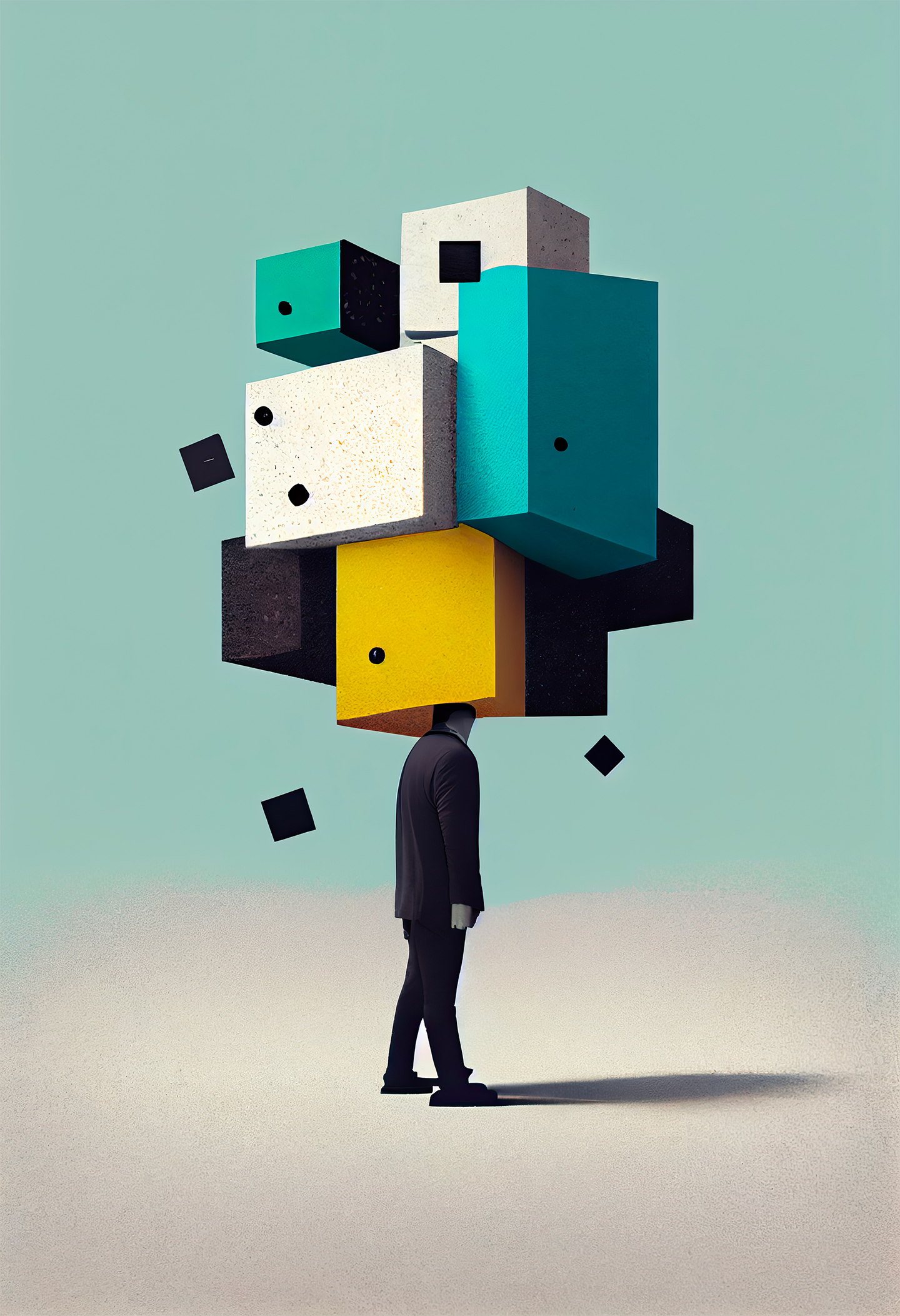In today’s fast-paced world, mental well-being should be a top priority in educational institutions and workplaces alike.
The rise of psychological help desks in schools and companies underscores the growing need for people to seek support during times of vulnerability.
With the COVID-19 pandemic lasting around three years and geopolitical tensions, stress has taken a toll on people’s mental health, making it challenging for them to disconnect from their anxieties. This fragility often leads to voluntary withdrawal from work, which not only complicates matters for individuals but also impacts companies in terms of costs and the execution of corporate strategies.

Stress has taken a toll on people’s mental health, making it challenging for them to disconnect from their anxieties. Meditation can be a solution
Is (academic) competition always good?
Emphasising inclusion from the early stages of education through higher learning is crucial. It’s imperative to shift away from a culture of competition and hostility.
Regrettably, some educators still believe that competition and even humiliation are necessary to bring out the best in students. However, when approached as a means of self-improvement, pushing one’s limits, and stepping out of the comfort zone, competition can be beneficial.
Teachers should evolve into coaches who embody this mindset rather than perpetuating a culture of cutthroat competition.
How do we promote well-being and mental health at work and in schools?
Meditation emerges as a viable solution to address these challenges.
While meditation is already being incorporated into school curriculums, it should become a regular practice within companies and workgroups to foster greater cohesion and teamwork.
From primary schools to universities, the focus should be on participation and integration, transforming the prevailing culture.

Meditation should become a regular practice within companies and work groups to help people relax and manage stress by focusing on something calming
Meditation helps students and professors de-stress in pressurised situations
The key is to promote teamwork, where each individual strives for personal growth while contributing to the overall improvement of the group’s environment.
Meditation is one method used in classrooms to create a cooperative atmosphere, reducing stress hormones like cortisol and adrenaline.
Hey teachers, your students give you only 30 minutes of attention. What to do?
Research has shown that attention spans in class have dwindled to just 30 minutes, making meditation a valuable tool to enhance focus and attentiveness.

Attention spans in class have dwindled to just 30 minutes
How to build a meditation practice in schools and workplaces?
Meditation can be applied across various fields, including design, where competition often hinders creativity and innovation. As a matter of fact, its benefits are not confined to the classroom—they extend to the corporate world as well.
Many companies are increasingly seeking the expertise of mental health and coaching professionals to support the well-being of their employees, particularly managers who play a crucial role in shaping corporate culture.
The (many) benefits of meditation
Meditation can help promote gender and racial diversity in both educational institutions and workplaces, fostering a natural collaborative approach that becomes an integral part of the institution’s culture and methodology.
The result is enhanced creativity, as individuals become better equipped to unlock their creative potential in a harmonious environment.
Viviana Musumeci
Journalist, Professor and Mindfulness Teacher, Milan
Wait, don’t exit! Can video games help you practise meditation and mindfulness? Find the answer here. Btw, the mobile phone and computer app Hana by Istituto Marangoni Milano Visual Design student Manami Galliker creates a quiet virtual space as a kind of metaverse to take refuge in when people need a break from the real world.



